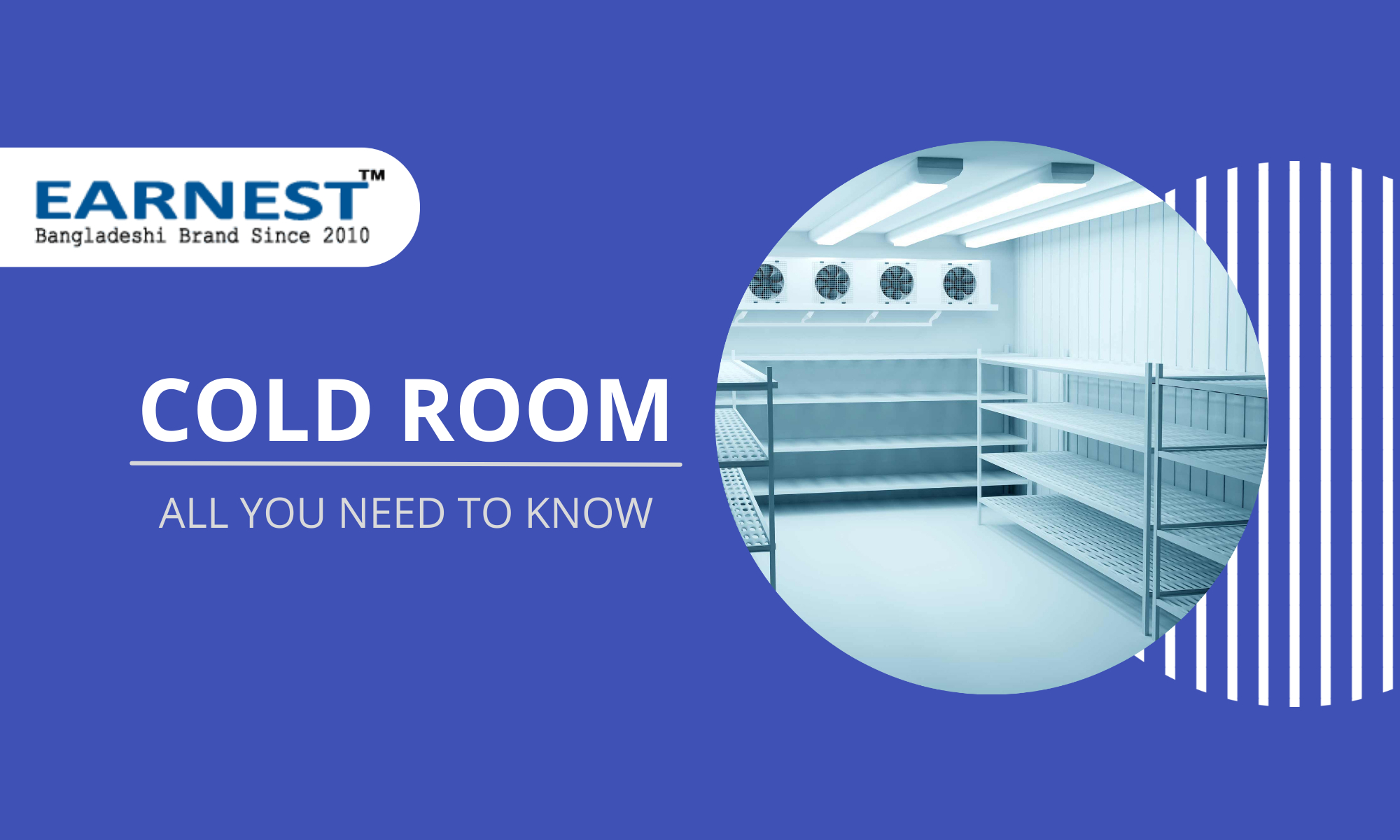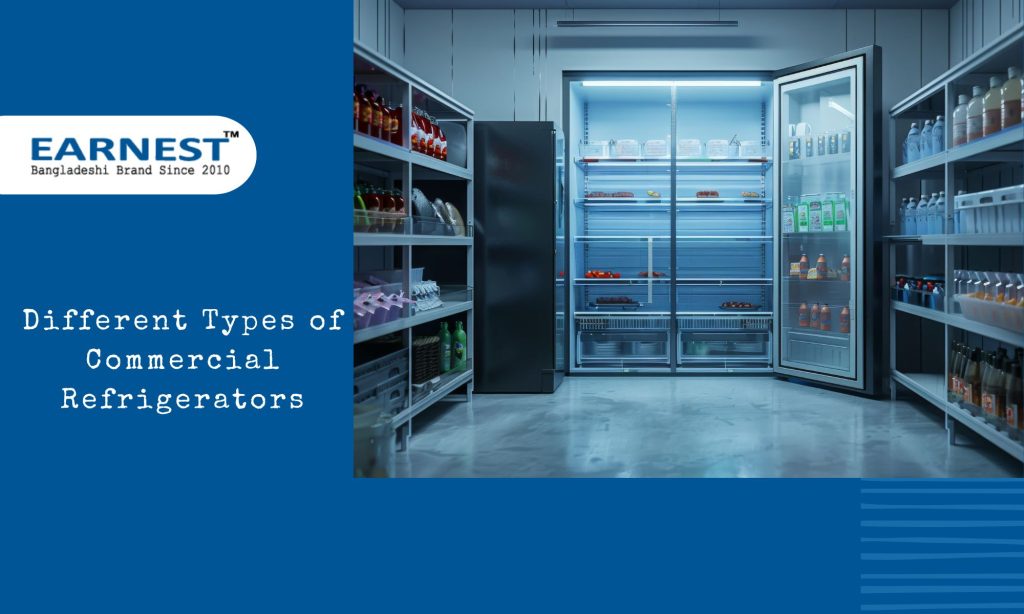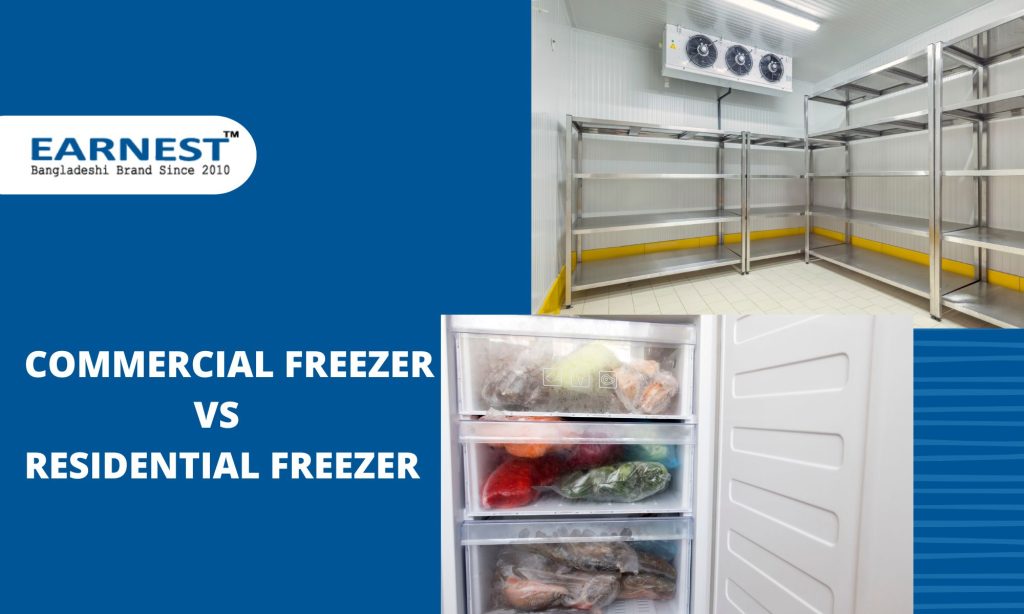The term “cold room” refers to refrigerated rooms commonly found in industrial, laboratory, or medication storage settings. These spaces necessitate a very high level of management to ensure two key factors: efficiency and safety. The exploration of cold room management becomes paramount in such scenarios.
Critical facets augmenting the importance of cold room management
- Temperature Control: It is imperative to maintain consistent low temperatures for properly preserving the materials stored within a cold room.
- Cost Management: Effective monitoring and implementation of energy-saving measures results in substantial cost reductions in power usage.
- Security and Safety: How can we protect the shelves in a cold room? Safety protocols and regulations must be closely adhered to protect not only the items stored but also the individuals who operate the cold room. Note signage, protocols, employee training, and infrastructure integrity as keys to safety.
- Inventory Management: How should an organization ensure the most efficient use and refill of a cold room? Effective systems can minimize spoiling, misplacement, or overstocking. Leveraging barcode technology, IA applications, IoT devices, systematic checks, and designated checks best optimizes your cold room maintenance plan.
- Maintenance and Repair: Routine and scheduled maintenance, as well as proactive component replacement, prevent unexpected downtimes that could result in financial losses and compromise of stored goods.
- Quality Assurance: Cold room, an assemblage of specialized equipment aids and streamlines daily operations. Various pieces of equipment are implemented based on the cold room’s functions, goals, and industry-specific needs.
Essential Components of Cold Room Management
In a cold room, an assemblage of specialized equipment aids and streamlines daily operations. Various pieces of equipment are implemented based on the functions, goals, and industry-specific needs of the cold room.
(1) Refrigeration units
At the heart of any cold storage room, refrigeration units come in an array of types and capacities to address different cooling requirements. Commonly recognized types include compressor-based refrigeration systems, ammonia refrigeration systems, and central refrigeration systems, each serving various needs and electricity usage.
(2) Shelving and racking
Implementing the appropriate, often customizable, shelving or racking system optimizes the storage area inside the room. These units could be either static or mobile allowing better organization, arrangement, and accessibility of products stored.
(3) Insulated doors
Tightly sealed, insulated doors control the ingress and egress of heat, maintaining a consistent inner temperature and preventing energy wastage. Sweat-protected and frost-free units are often usable for maintaining a clear, non-slippery surface.
(4) Monitoring systems
Electronic monitoring systems ensure optimal temperatures are maintained. Alarms, often inbuilt, are triggered in the event of fluctuating temperatures enabling early detection and responsive measures preparing against product wastage.
(5) Lighting system
A feature that is often overlooked but critical, systems installed in cold rooms need to withstand low temperatures typically by using fluorescent or LED fixtures to shift to an efficient operational state and provide adequate visibility in the cold environment.
(6) Defrosting units
Crucial equipment to stop frost buildup hindering the operation of refrigerators & causing unnecessary energy wastage. They apply heat sources to melt away frost keeping your refrigeration unit operating at peak performance.
(7) Pallets or similar material handling tools
Devices magnetize the efficient movement of bulk/resources within the rooms and reduce overall processing time.
This thriving, diverse equipment ecosystem can entangle comparative shopping but exciting revelations fruituate making it one just necessity amidst many more. Having sensitive and architecturally apt combinations gallops towards optimum cold-room utilization and management. Create environments continually meeting customer needs for assurance in product freshness and safety all the while bleeding into consistent bottom-line improvements. Ensuring adherence to regulatory standards and the quality of products, they endow palate-pleasing benefits, experiment, iterate and schedule mindful maintenance.
Usage of the cold room
Cold rooms are routinely used across several industries. An excellent example is in the food industry, where a restaurant utilizes a cold room for the fresh storage of fruits, vegetables, dairy, and meat products. Alternatively, cold rooms may exist in the pharmaceutical sector, whereby necessary climate conditions are meticulously maintained for the safe handling of medicines and vaccines. Not only are they appropriate practical storage solutions, but they’re vital for compliance with health and regulatory laws and ensuring product quality.
Concept of a cold room
Cold rooms fall under the broader category of controlled environment technology, designed to airtight store and preserve temperature-sensitive items across different industries.
Conceptually, a cold room is an insulated enclosure usually reaching between, but not limited to, -40℃ and +40℃, perfect for screening the effect of outside temperatures. This storage space is capable of controlling and maintaining pertinent aspects like temperature and humidity levels helping sustain product integrity.
Key to refrigeration preservation principles, cold rooms deliver an optimal storage environment, working in tandem against microbial pathogens facilitating biochemical breakdown hence substantially increasing product shelf-life. This improved longevity is instrumental to operations management within industries of food production, pharmaceutical storage, and many more where temperature fluctuations could lead to subpar outcomes such as spoilage, food poisoning, or ineffective medical solutions.
The underlying purpose of the cold-room design boils down to creating an efficient and reliable pause button on the perishability of things, solving persistent challenges encountered, and helping clientele/couples meet their storage-preservative responsibilities.
A cogent understanding of the holistic concept of a cold room bears enlightening gleanings for devising top-tier application strategies. The proper harnessing of this frozen powerhouse paves your business path straight for translational improvements such as operational hygiene unsurpassable and bearing desirable reliability yields, deeply influencing financial profits.
It goes without saying; facilitating the service our societal agendum exalts sustainability and an eye on cost optimization on a pedestal, the comprehension and strategic usage of such directional cold_room resources opportune in turning prospective business objectives into tomorrow’s morning headlines.
What is a cold room chiller?
A cold room chiller, also often referred to as a refrigeration chiller system, plays a vital role in cold room storage facilities. Regarded as the heart of these setups, it is mechanical equipment designed primarily to lower and regulate the temperature within the confines of a specified space, ensuring optimal conditions for the preservation of temperature-sensitive products.
The functionality of a cold room chiller is accomplished through a distinct scientific process known as refrigeration. Typically, this system works by absorbing the ambient heat from the room environment through the evaporation of a refrigerant substance within a closed-loop system, consequently cooling down the inside atmosphere. This absorbed heat is then expelled to the outside environment, enabling the maintenance of a consistently cool overall temperature inside the enclosure.
Final Verdict
In summary, for the long-term survival of a business, especially in industries that heavily rely on cold room operations strictly adhering to guiding principles can significantly enhance operational efficiency, promulgate effective safety measures, and confirm substantial financial savings. Thorough application of these understood principles can not only create a healthier working environment but also master robust organizational disciplines for the management of your business.






